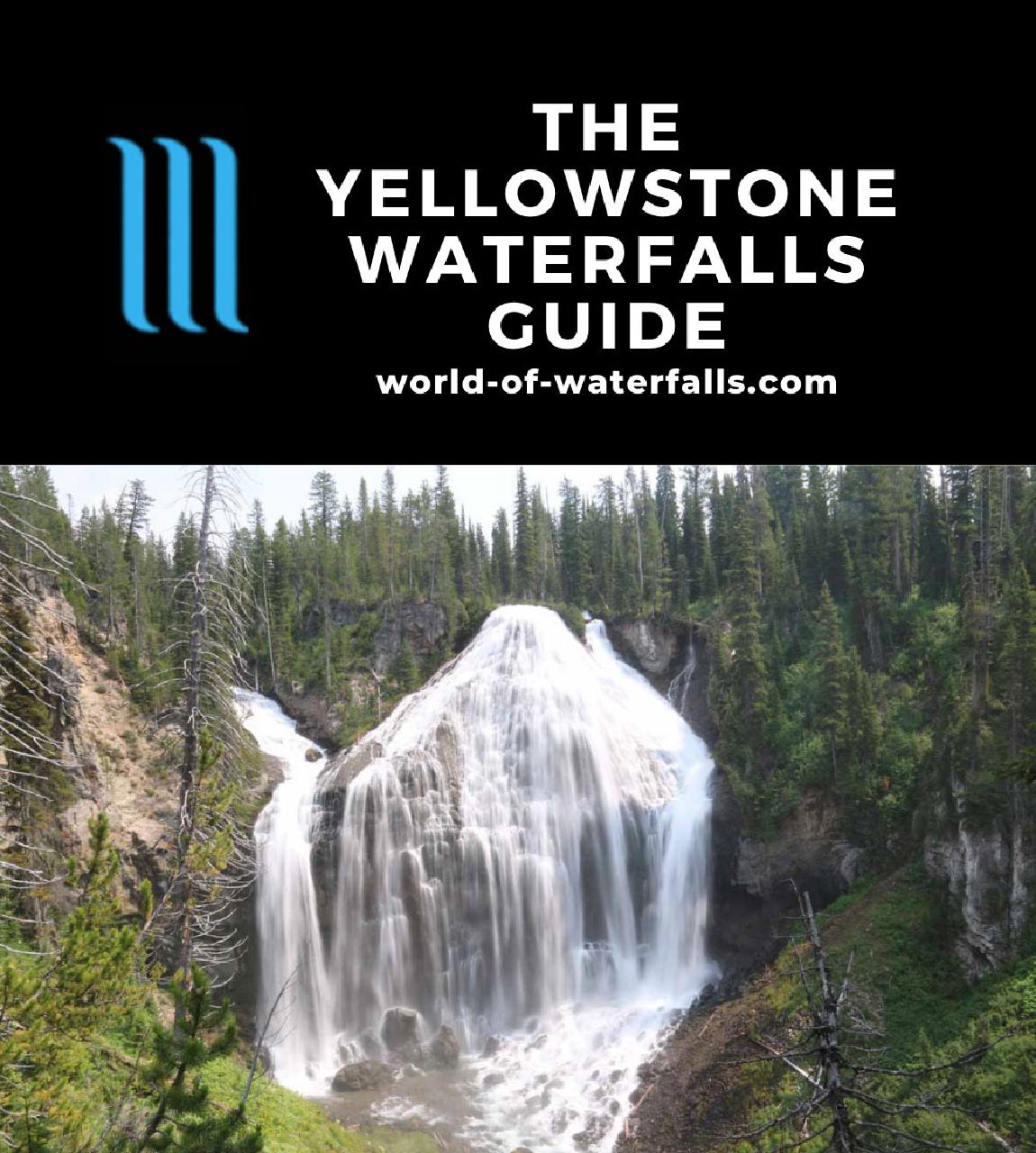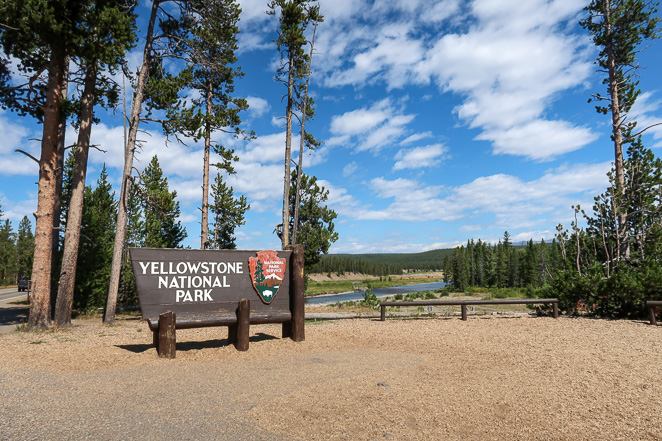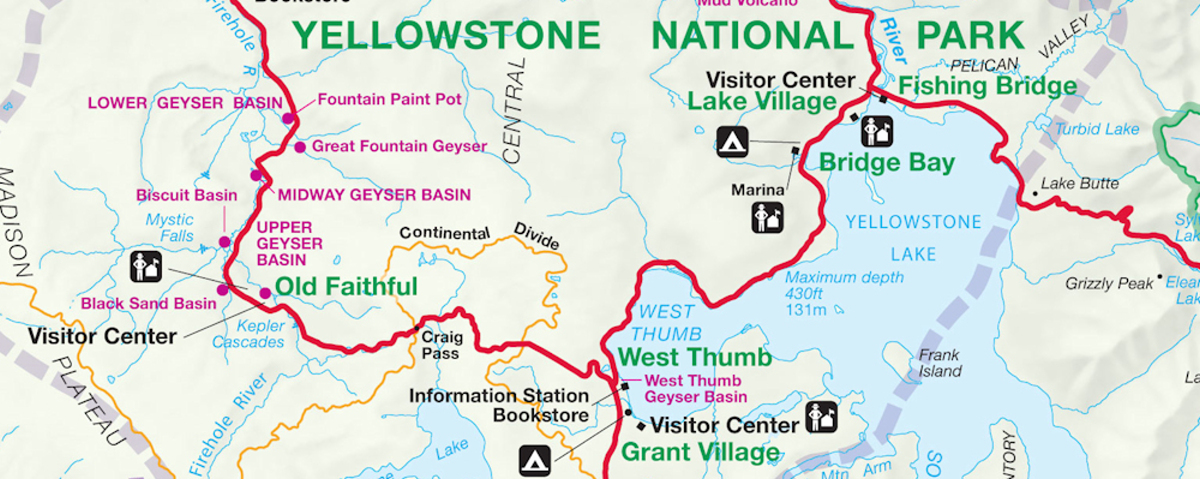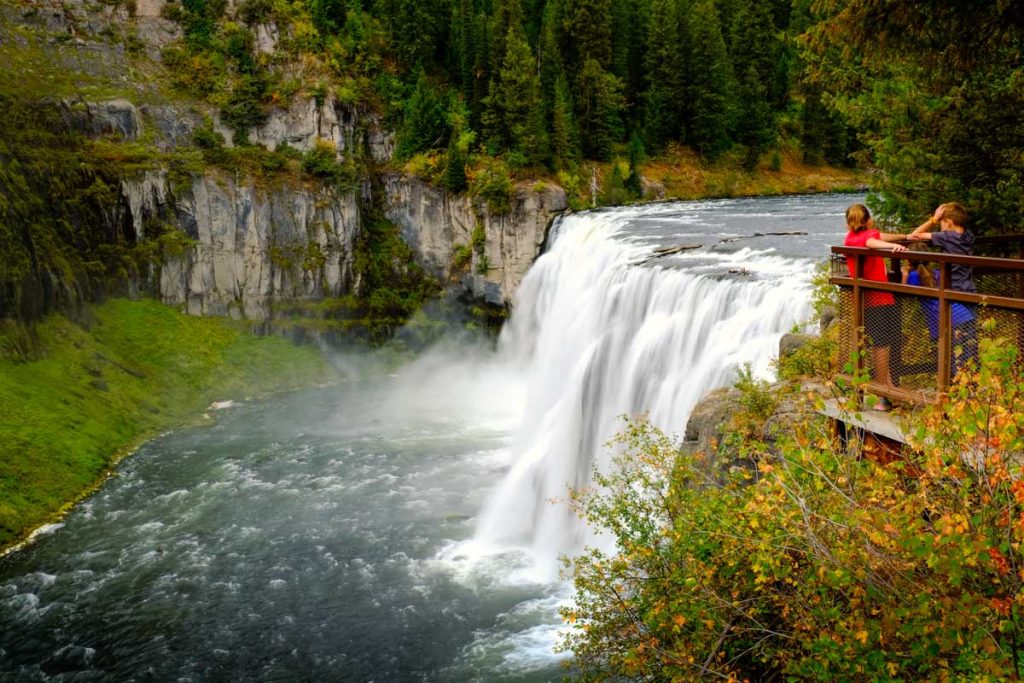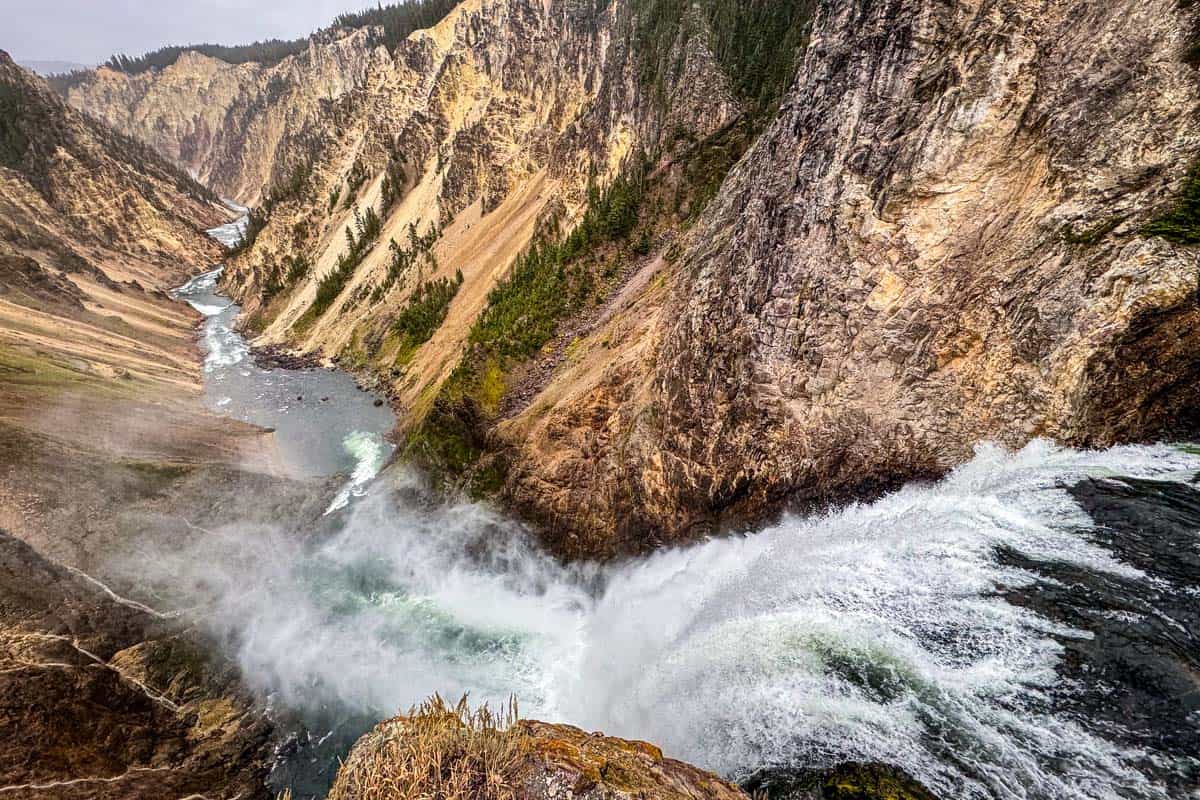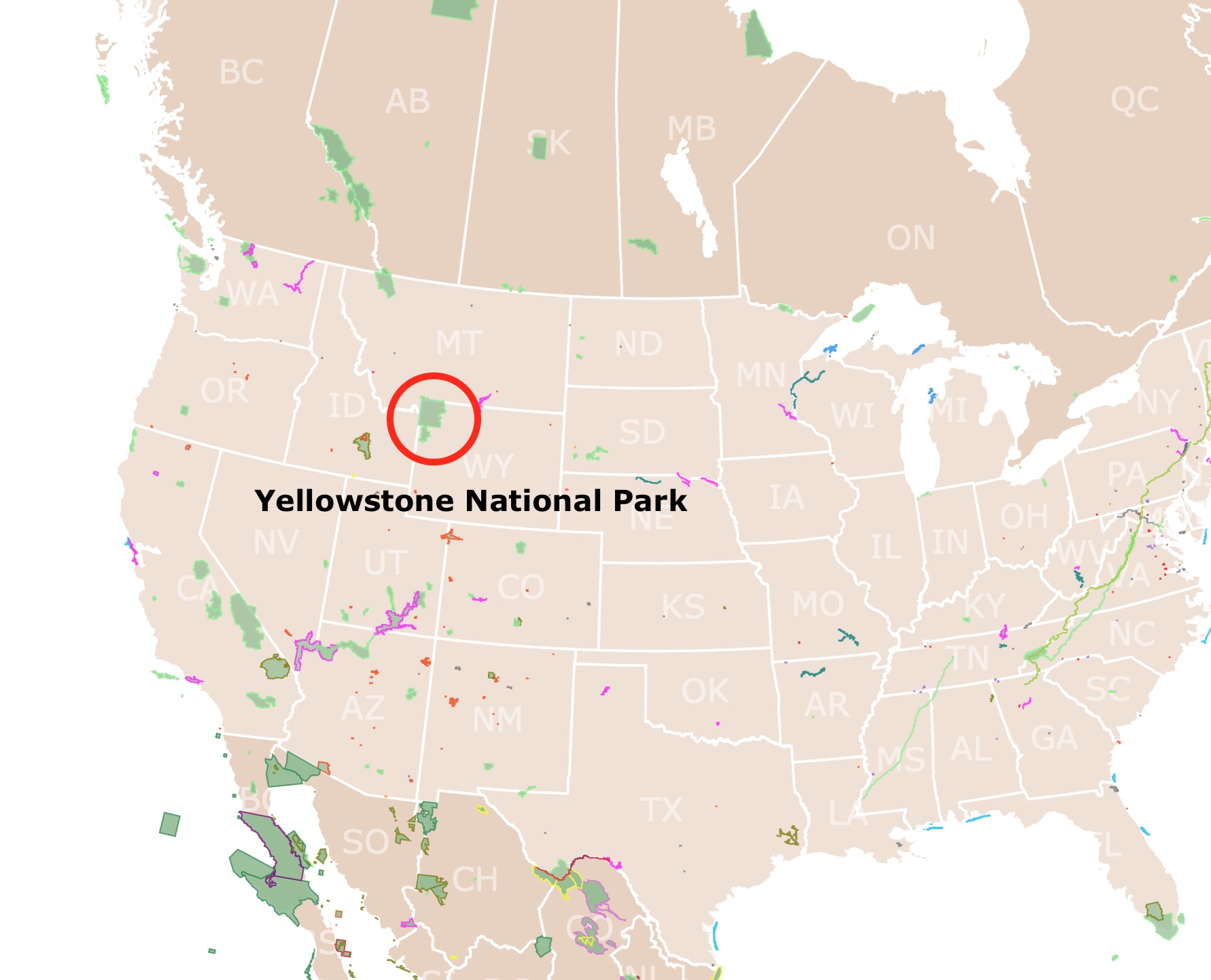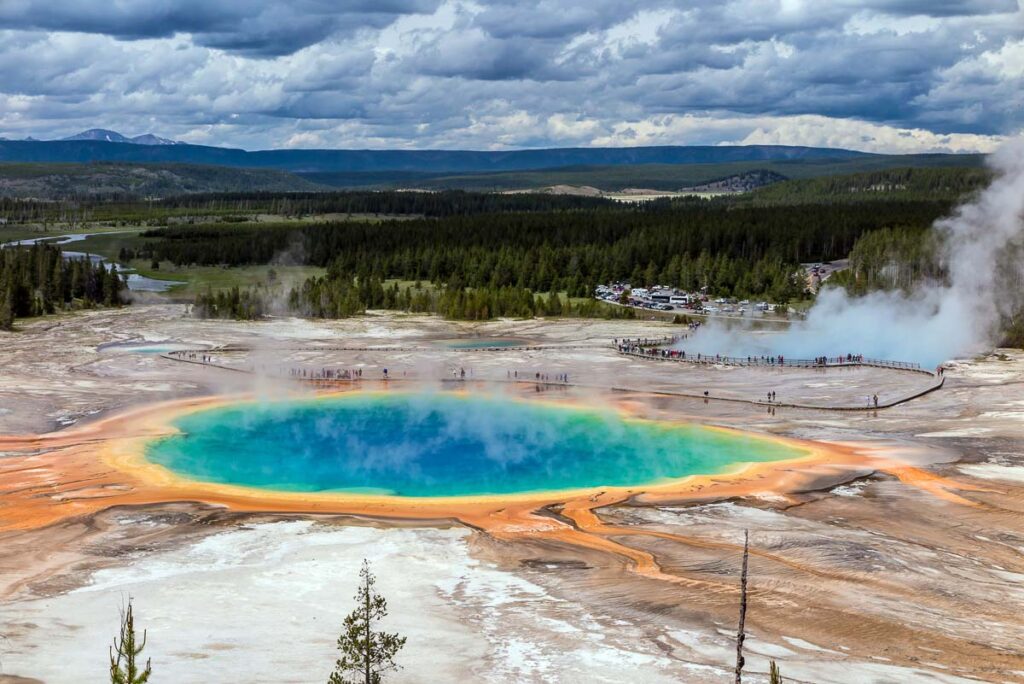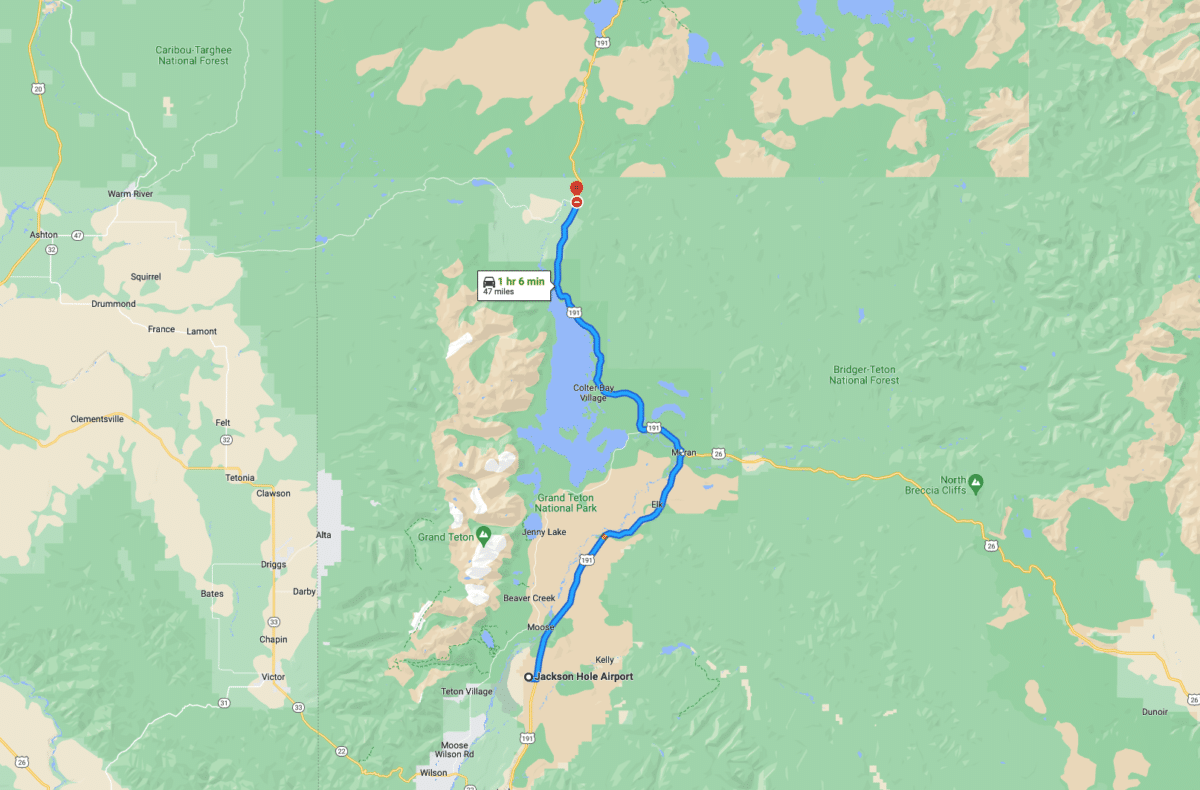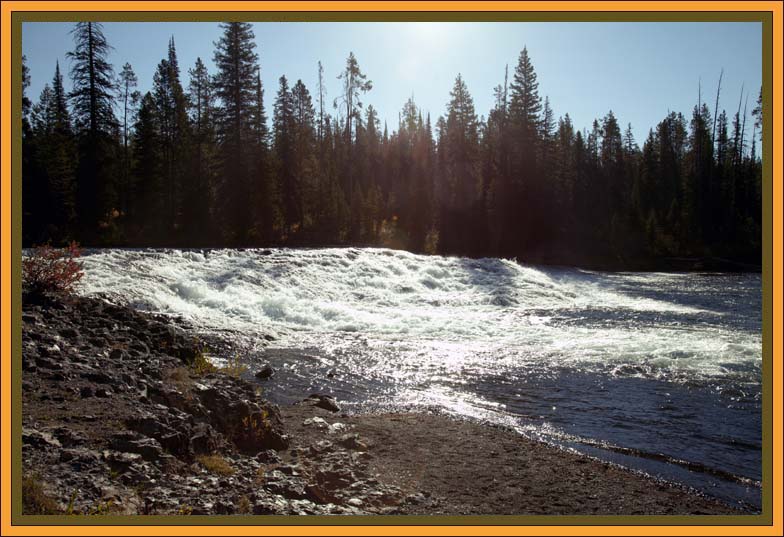How Far Is Idaho Falls From Yellowstone National Park
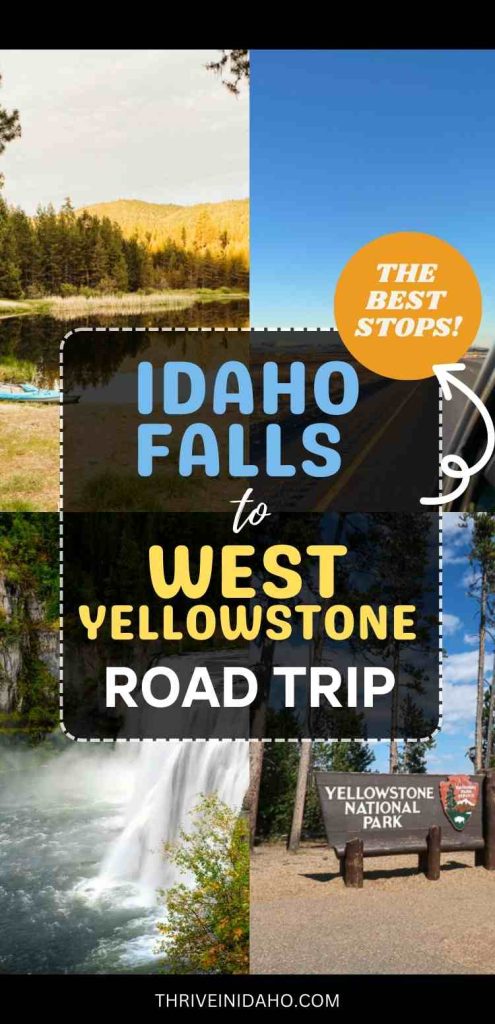
Idaho Falls, a bustling city in eastern Idaho, serves as a gateway for many travelers venturing to the wonders of Yellowstone National Park. The proximity is a key factor for tourists planning their trips, influencing travel time, accommodation choices, and overall itinerary planning.
Understanding the distance between these two points is crucial for effective travel planning, whether for a day trip or an extended exploration of the region. The journey showcases the diverse landscapes of Idaho and Wyoming, adding to the adventure.
The Distance: An Overview
The actual distance between Idaho Falls and Yellowstone National Park varies depending on the specific entrance and route taken. The most common entry point from Idaho Falls is the West Entrance, located near West Yellowstone, Montana.
The driving distance to the West Entrance is approximately 110 miles (177 kilometers). This typically translates to a drive of around two hours, barring any traffic or road construction.
Key Routes and Considerations
The primary route is generally via US-20 East. This highway is well-maintained and offers scenic views of the surrounding landscapes, including the Snake River Plain and the Targhee National Forest.
Travelers should be aware of potential delays due to seasonal weather conditions. Winter brings heavy snowfall, which can significantly increase travel time and require appropriate vehicles equipped with snow tires or chains.
Summer months often see increased traffic, especially during peak tourist season. Planning travel during off-peak hours can help mitigate delays.
Other Entrances and Distances
While the West Entrance is the most accessible from Idaho Falls, other entrances exist, each with varying distances and travel times. The North Entrance, near Gardiner, Montana, is a longer drive, approximately 250 miles (402 kilometers) from Idaho Falls.
The South Entrance, closest to Jackson, Wyoming, is roughly 220 miles (354 kilometers) away. Choosing the appropriate entrance depends on the traveler's itinerary and planned activities within the park.
The East Entrance is about 270 miles (435 km). Always consult updated road conditions before any travel.
Factors Affecting Travel Time
Several factors can influence the actual travel time between Idaho Falls and Yellowstone. Speed limits, which vary along different sections of the route, play a significant role.
Construction zones are common during the summer months, leading to reduced speeds and potential delays. Wildlife sightings can also cause temporary slowdowns as visitors stop to observe and photograph the animals.
Inside Yellowstone itself, speed limits are generally low to protect wildlife and ensure visitor safety, further increasing travel time within the park.
Impact on Tourism and Local Economy
The proximity of Idaho Falls to Yellowstone has a significant impact on the city's tourism industry. Idaho Falls serves as a convenient base for visitors exploring the park, providing a range of accommodation options, restaurants, and other services.
Hotels, motels, and vacation rentals in Idaho Falls often experience high occupancy rates during the peak tourist season. Local businesses benefit from the influx of visitors seeking meals, supplies, and souvenirs.
The ease of access to Yellowstone enhances the appeal of Idaho Falls as a travel destination, contributing to the overall economic vitality of the region.
Planning Your Trip
When planning a trip from Idaho Falls to Yellowstone National Park, it's essential to consider several factors. Reserving accommodations in advance is highly recommended, especially during the summer months.
Checking road conditions and weather forecasts before departure can help avoid unexpected delays. Packing appropriate clothing and gear is crucial, as weather conditions in Yellowstone can be unpredictable.
Finally, allowing ample time for travel and exploration within the park will ensure a more enjoyable and relaxed experience.
"The journey to Yellowstone from Idaho Falls is more than just a drive; it's an opportunity to experience the beauty of the American West," says a spokesperson for the Idaho Department of Tourism.
The National Park Service also advises travelers to carry essentials like water, snacks, and a first-aid kit. They recommend familiarizing oneself with the park's safety guidelines and regulations.
Remember to always be prepared for sudden changes in weather conditions.
Conclusion
The drive between Idaho Falls and Yellowstone National Park is a gateway to one of America's most treasured natural wonders. The relatively short distance, combined with the scenic beauty of the route, makes Idaho Falls a popular starting point for Yellowstone adventures.
By understanding the distances, potential delays, and factors influencing travel time, visitors can plan their trips more effectively and make the most of their experience in this extraordinary region.
Whether you're a seasoned traveler or a first-time visitor, the journey from Idaho Falls to Yellowstone promises an unforgettable adventure.



